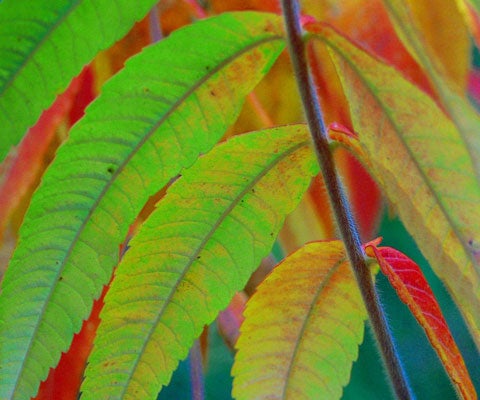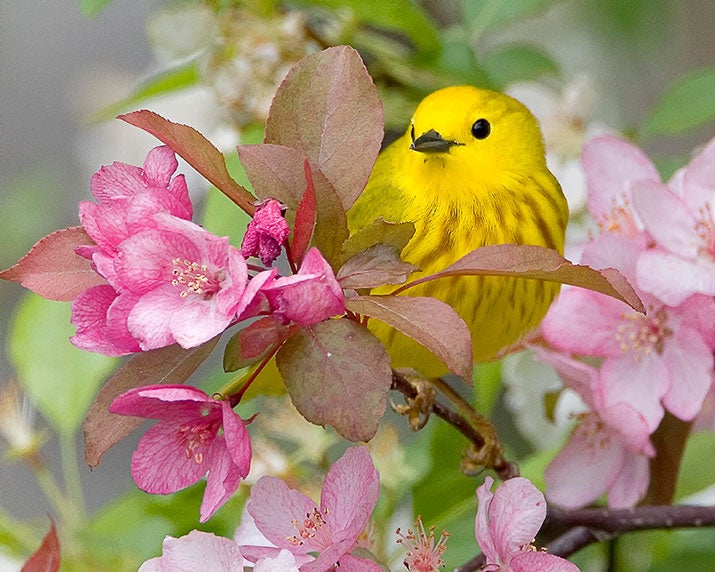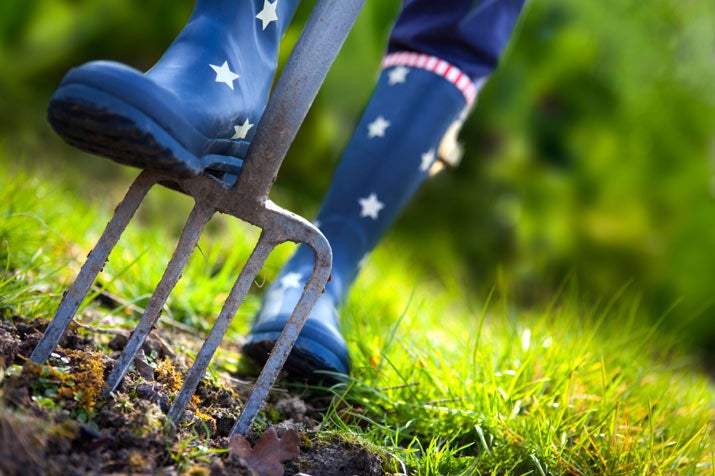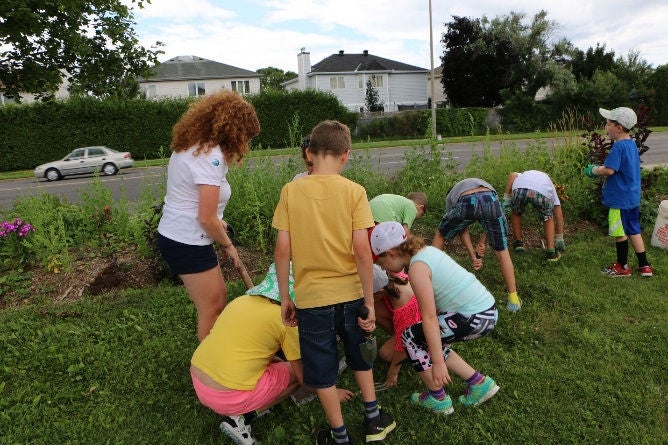Peter Scholtens, Verbinnen’s Nursery

Many of the popular plants in today’s gardens are imported from other parts of the world. In fact, there are companies that specialize in going overseas to find new plants to introduce to the North American landscape. Yet native plants are making a comeback, and more and more people are emphasizing them. Why is this taking place? Partly because people are realizing that our native plants are beautiful, too, but also because people in general, and gardeners in particular, are becoming more ecologically conscious.
There are four reasons why native plants are a better choice for the ecologically conscious gardener.
First, native plants are important for supporting the needs of local wildlife populations. While all plants can provide shelter, and ornamentals with berries can provide some food, native plants offer the greatest benefits because they also support a wide variety of insects that provide a source of protein for many other animals. These insects are especially necessary for local bird populations when they are raising young. Many people use bird feeders to attract birds. Another way of attracting birds is by utilizing native plants in the landscape.
Second, native plants may require less care than some ornamentals. Since they are indigenous, or local to a particular area, they are typically better adapted to the local environment. As an example, native plants require much less care than hybrid tea roses and rhododendrons, which often require fertilizer, soil amendments and irrigation. They have developed defences that allow them to coexist with other species in the environment. Gardens that include imported ornamentals often require special care, including the use of pesticides and fertilizers that may have negative effects on the environment.
Third, there are species of wildlife that are completely dependent on specific native plants to survive. Local wildlife may have a special ecological relationship with the native vegetation. When that native plant disappears, the wildlife it supports may disappear as well. For example, the Karner Blue butterfly is endangered because its larval host plant, the wild lupine, is increasingly rare. And the well-known monarch butterfly caterpillar is entirely dependent on milkweed for food. By growing native plants in your garden, you will support other native species.
Fourth, native plants in gardens act as a source of seeds and keep local natural areas populated with native plants. Seeds are spread by wind, water and wildlife from plants in residential landscapes into local parkland, trail right-of-ways and conservation areas. One of the long-standing problems with ornamentals is that these plants spread throughout wild areas. Ensuring that the plants in the landscape are not invasive will help solve this problem.
The ecologically conscious landscaper and gardener will take all these aspects into consideration. Whether it be tall shade trees, shrubs or perennials, native plants are important to use in gardens and around the house. It is to the benefit of local ecosystems, and the plants and animals in them, to use native plants in all areas of the landscape.
Peter Scholtens works at Verbinnen's Nursery, a wholesale nursery specializing in growing native plants, particularly trees and shrubs, for the Ontario market. They focus on using local propagation material as much as possible. Visit their website at verbinnens.com.
- 0
- 1
- 2









